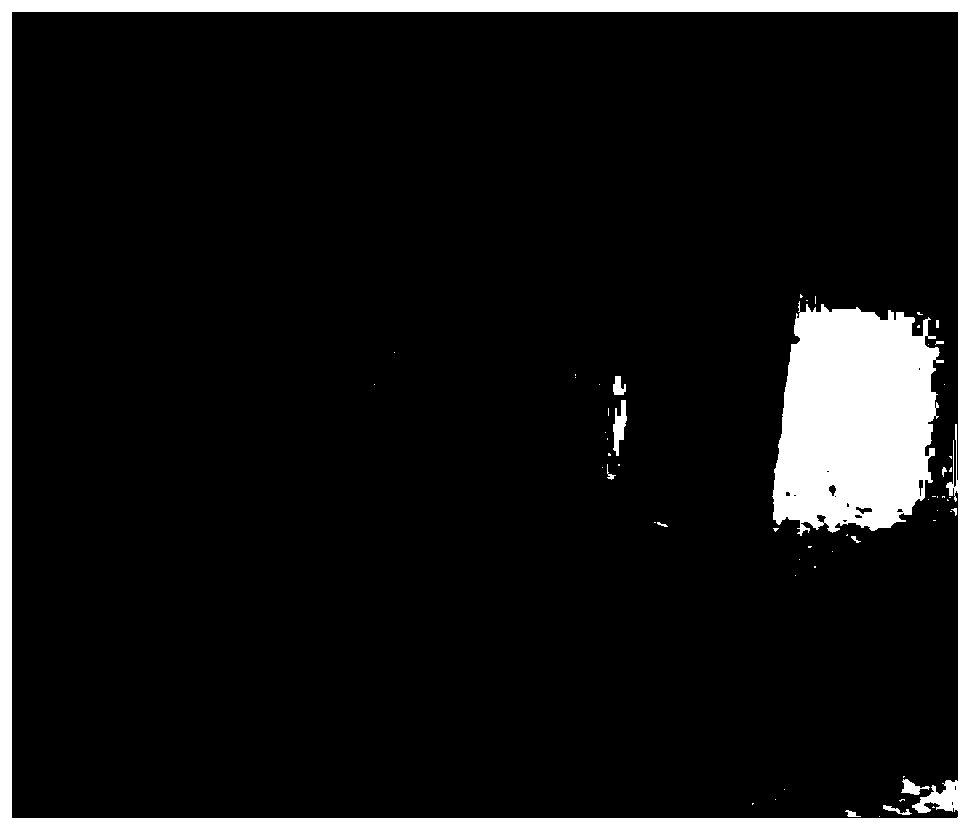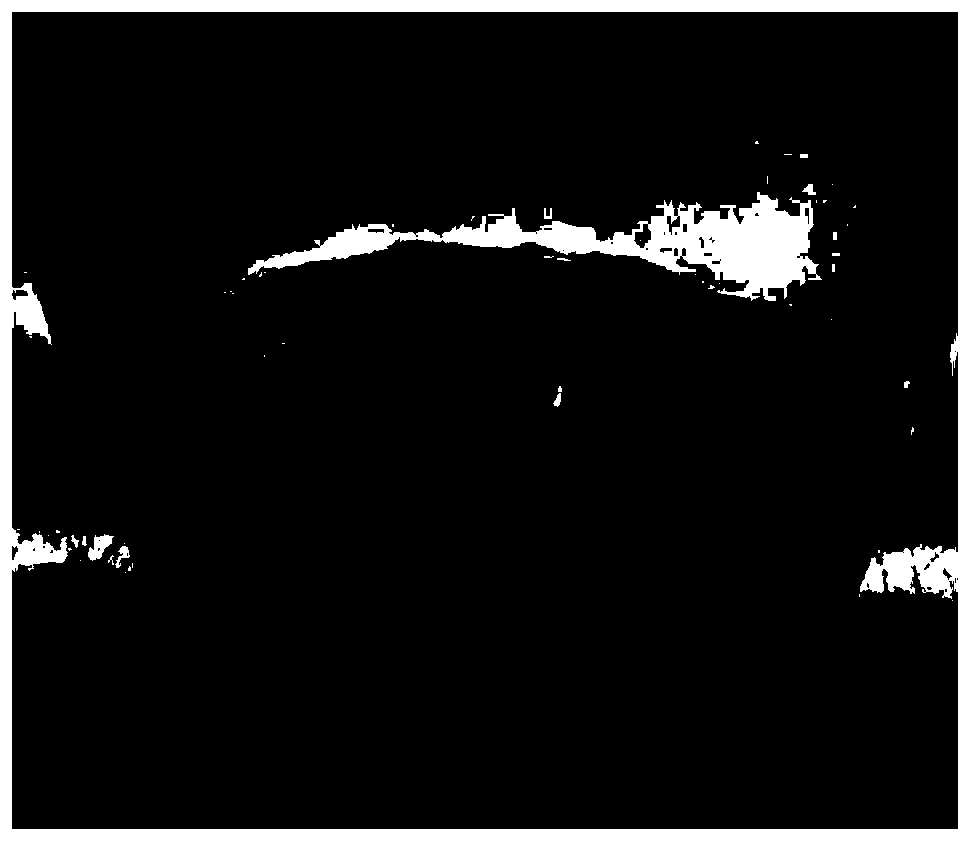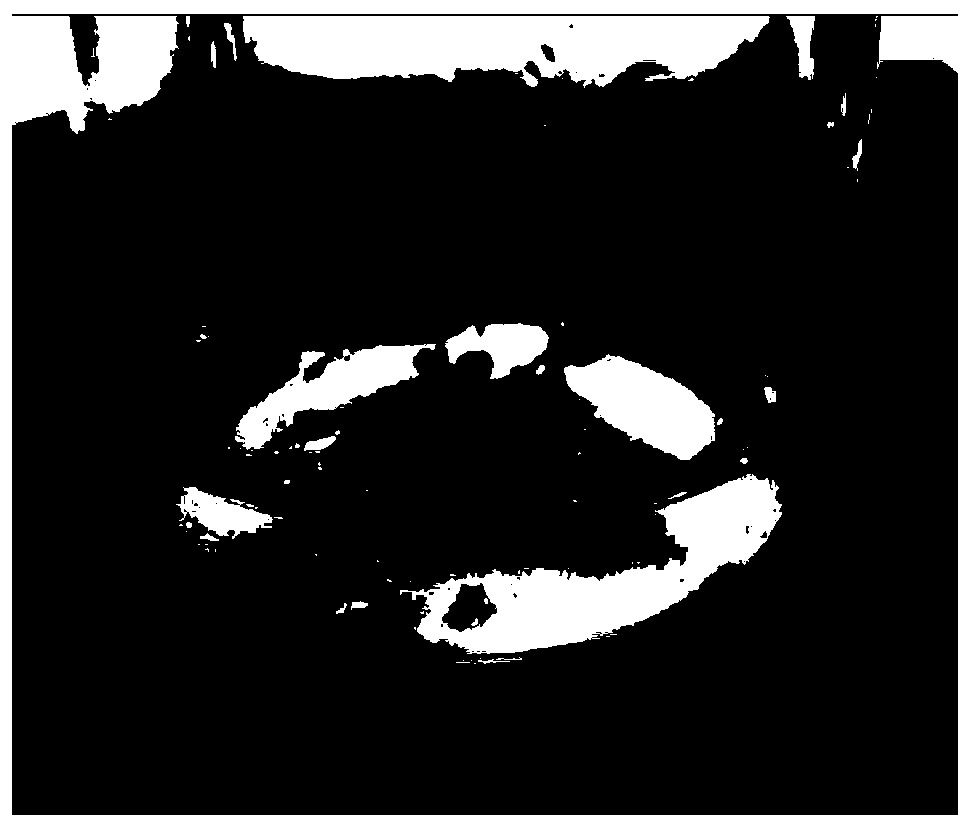Method for aseptically regenerating plants from semi-dehydrated seed embryos of Camellia oleifera
A technology for regenerating plants and Camellia oleifera, which is applied in the field of plant tissue culture, can solve the problems of limited explant sampling time, low induced proliferation rate, restrictions on the breeding of Camellia oleifera seedlings and genetic improvement, etc. The effect of high efficiency, good practical value and economic value
- Summary
- Abstract
- Description
- Claims
- Application Information
AI Technical Summary
Problems solved by technology
Method used
Image
Examples
Embodiment 1
[0033] A method for the aseptic regeneration of camellia semi-dehydrated seed embryos, the steps are as follows:
[0034] 1. Obtain the seed embryo of camellia oleifera
[0035] In October 2016, the mature fruits of 'Huashuo' camellia oleifera (Camellia olefera) from the Camellia oleifera Base in Dongcheng Town, Wangcheng County, Changsha City, Hunan Province were selected and aired in an indoor ventilated place until the peels were cracked and the seeds were naturally scattered. Leave it for 15-20 days until the seed kernel is separated from the seed coat, and the seed coat can be easily obtained by removing the seed coat. The inner testa coat is wrinkled, and the moisture content is detected by weighing method. First, select 400 Camellia oleifera fruits that are free from pathogenic bacteria and insects and have the same size and weight (15 ± 0.5g), and select 100 freshly picked Camellia oleifera fruits to peel off the kernels as a control group, and measure the average fres...
PUM
 Login to View More
Login to View More Abstract
Description
Claims
Application Information
 Login to View More
Login to View More - R&D
- Intellectual Property
- Life Sciences
- Materials
- Tech Scout
- Unparalleled Data Quality
- Higher Quality Content
- 60% Fewer Hallucinations
Browse by: Latest US Patents, China's latest patents, Technical Efficacy Thesaurus, Application Domain, Technology Topic, Popular Technical Reports.
© 2025 PatSnap. All rights reserved.Legal|Privacy policy|Modern Slavery Act Transparency Statement|Sitemap|About US| Contact US: help@patsnap.com



